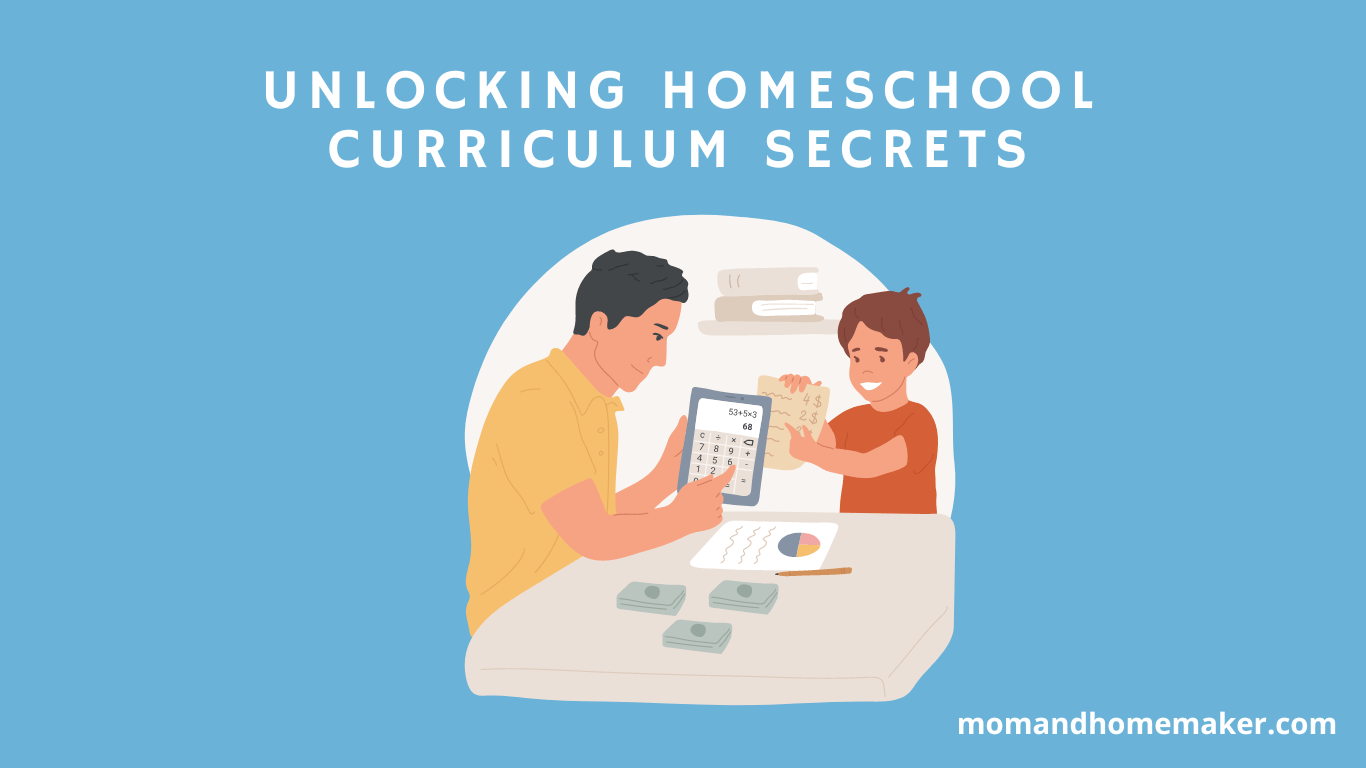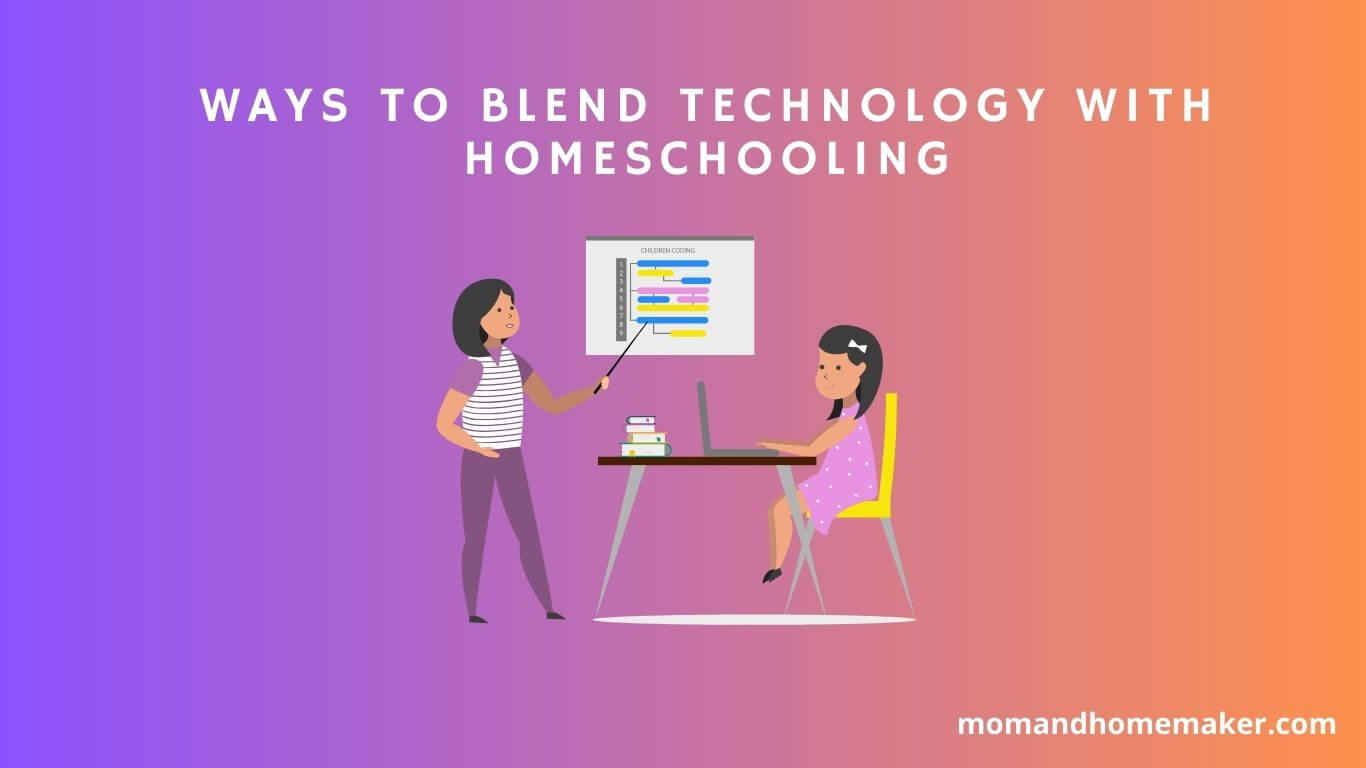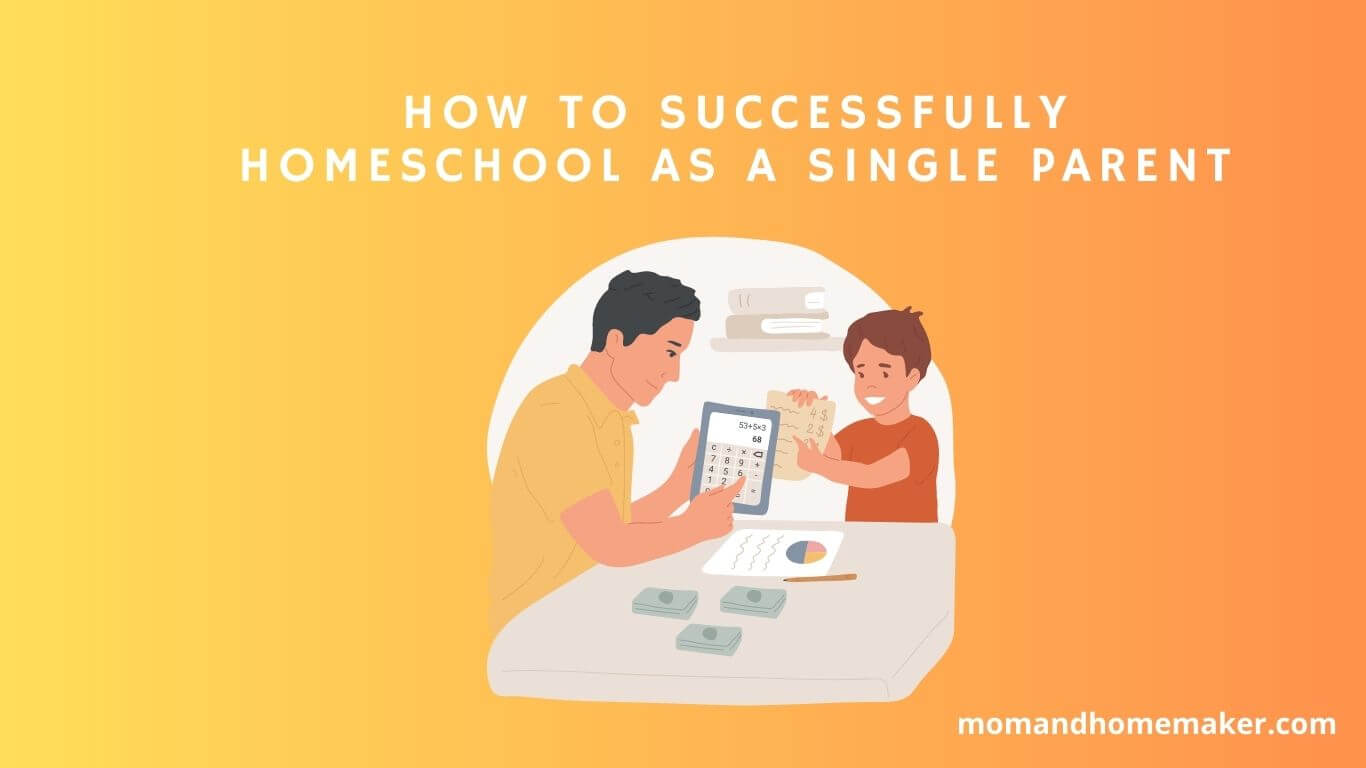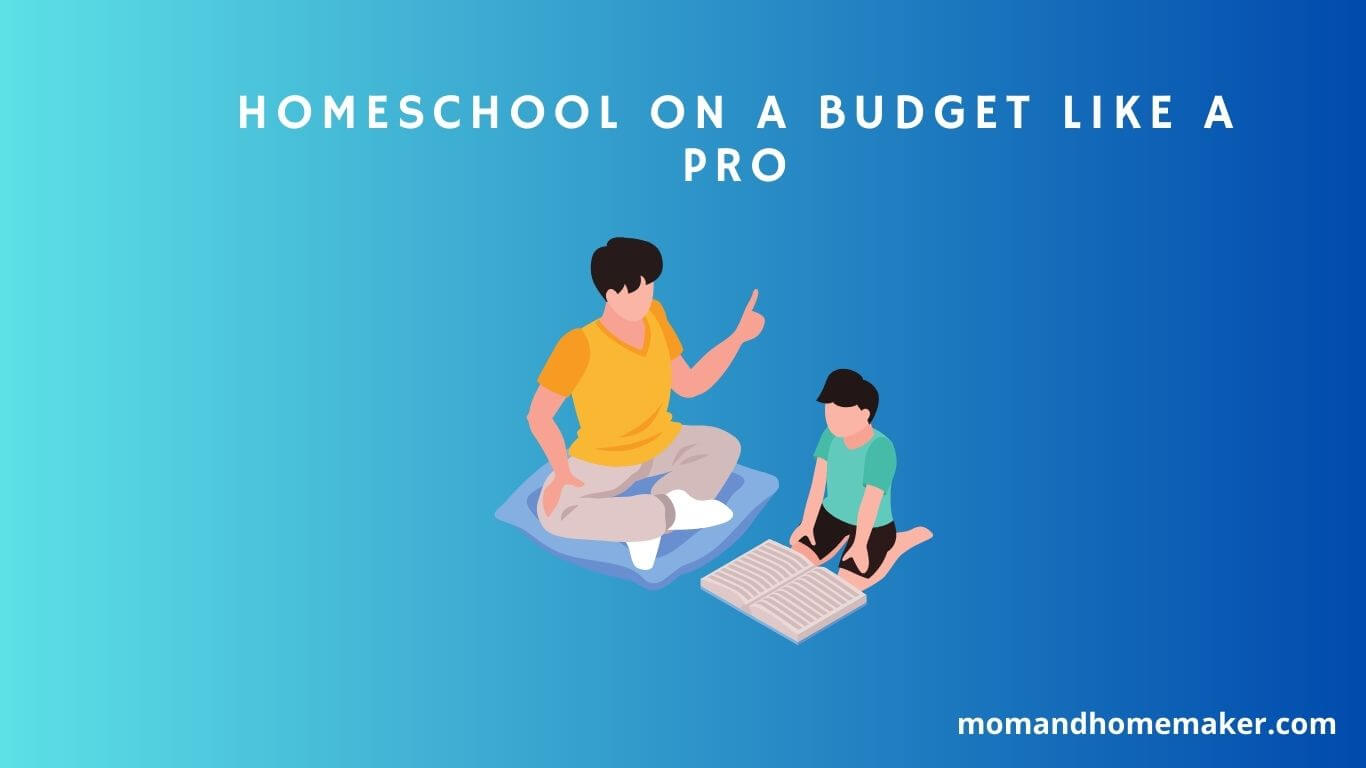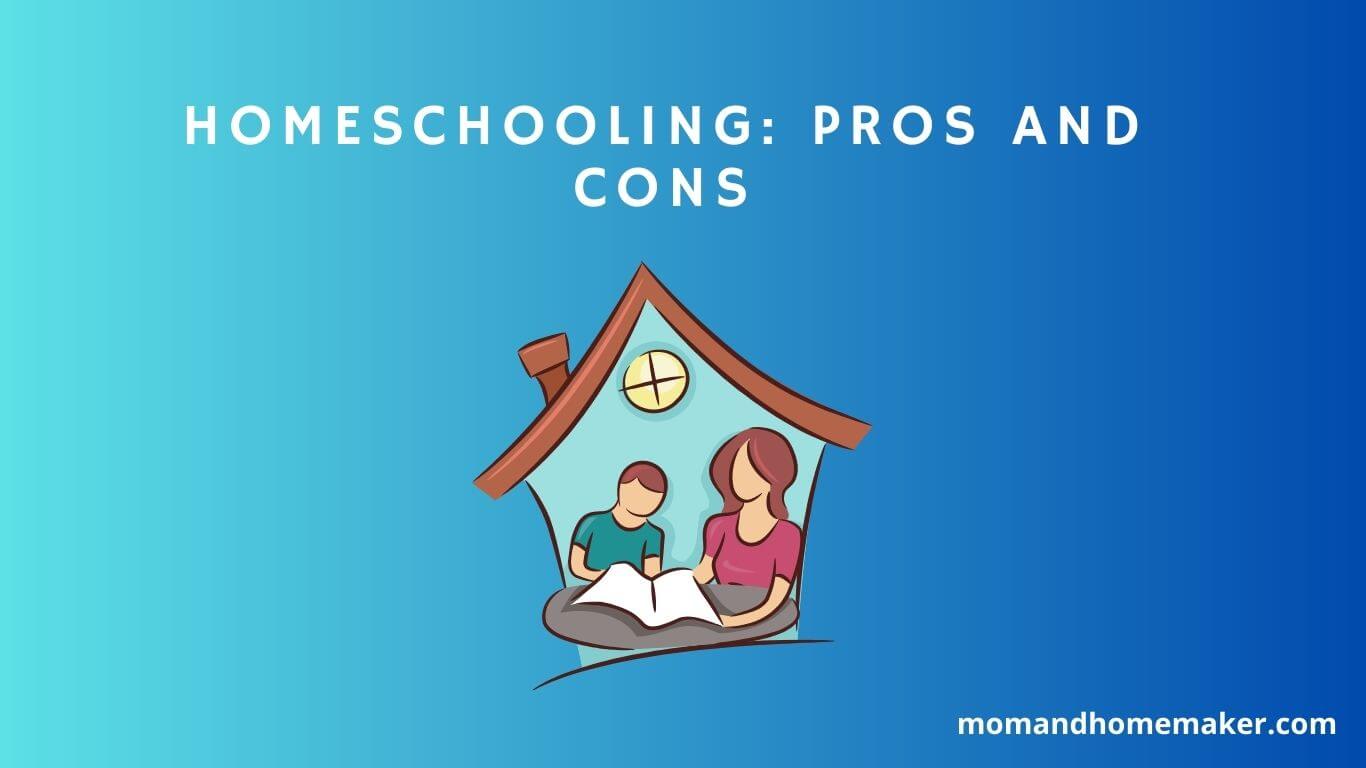As a homeschooling parent, you may often find yourself juggling multiple grade levels and subject areas simultaneously. It can be overwhelming to balance the needs of your children while ensuring that they are receiving a quality education. However, with the right strategies in place, homeschooling multiple grade levels can be a rewarding and successful experience for both you and your children.
Homeschooling is often likened to sailing a ship. Just as a sailor navigates through rough waters with various winds blowing in different directions, so too must homeschoolers navigate through different grade levels with varying educational needs.
In this article, we will explore effective strategies for homeschooling multi-grade levels that will help you steer your ship smoothly toward your educational goals.
15 Strategies for Homeschooling Multi-Grade Levels
1. Creating A Flexible Schedule
Managing multiple grade levels in a homeschool setting can be a daunting task. One of the most effective strategies is to create a flexible schedule that allows for customization of curriculum and time management. This approach gives parents the freedom to adapt their teaching style to each child’s needs and abilities.
Time management is crucial when it comes to homeschooling multiple children. Creating a schedule that works for everyone is key. It’s important to set realistic goals and expectations, taking into consideration each child’s learning pace and individual needs.
A flexible schedule also allows for unexpected events, such as doctor’s appointments or family obligations, without causing undue stress.
Customizing the curriculum is another important aspect of homeschooling multiple grade levels. Parents have the freedom to choose materials that cater to their children’s interests and learning styles. This not only keeps them engaged but also enhances their ability to retain information. By creating a customized curriculum, parents can ensure that each child receives the education they need while also allowing them to work at their own pace.
Transitioning into combining subjects across grade levels, parents can further customize their children’s education by finding ways to teach multiple subjects at once. This not only saves time but also makes learning more enjoyable for both parent and child. By incorporating different subjects into one lesson, children can see how they all connect together in real-life situations, creating a deeper understanding of the material.
2. Combining Subjects Across Grade Levels
Learn to combine subjects. With multiple children of different ages, it can be difficult to teach each subject separately. By combining subjects, you can save time and energy. For example, reading historical fiction as a family can cover both reading and history.
Science experiments can be done together, and writing assignments can be tailored to each child’s age and ability. Encourage independence. As children get older, encourage them to become more independent in their studies. This can free up time for you to work one-on-one with younger children.
Providing clear instructions and guidelines can help your children become self-motivated and successful learners. And remember, homeschooling multiple ages may have its challenges, but it can also be a rewarding and fulfilling experience for both you and your children.
3. Integrating Curricula
As a homeschooling parent, the thought of teaching multiple grade levels at once can be overwhelming. But with effective strategies, it is not only possible but can also be an enriching experience for both you and your children.
One strategy that has proved successful is integrating curricula across different grade levels. This involves coordinating with co-homeschoolers or using resources that cover multiple subjects simultaneously.
Integrating curricula allows for more efficient use of time while still ensuring that each child receives appropriate instruction. For instance, if you are teaching science to a group of children who are in different grade levels, you can use a resource that covers all the topics they need to learn.
This way, you don’t have to teach the same topic multiple times, saving time and energy. Additionally, adapting to different learning styles becomes easier when using integrated curricula as there are more options available to cater to each child’s needs.
It is essential to note that integrating curricula does not mean sacrificing quality education for convenience. Instead, it provides an opportunity for children to learn beyond their grade level while still receiving appropriate instruction.
Integrating curricula promotes collaboration between children in different grades and encourages them to work together on projects and assignments. Overall, integrating curricula across different grade levels is an effective strategy that not only saves time but also offers a rich learning experience for children with diverse educational needs.
4. Cross-Grade Collaboration
Now that we have discussed the benefits of integrating curricula across different grade levels, let’s delve into another strategy that can enhance the homeschooling experience: cross-grade collaboration. This involves creating opportunities for children in different grades to work together on projects, assignments, and other learning activities. Collaborative projects allow children to learn from one another and develop essential skills such as communication, teamwork, and problem-solving.
For instance, older children can mentor younger ones or work with them on a project that requires different skill sets. This approach not only fosters a sense of community among homeschoolers but also helps children develop social skills that are crucial in real-life situations.
Peer tutoring is another effective method of cross-grade collaboration. By pairing older students with younger ones who need academic assistance, you create a win-win situation where both parties benefit. The older student gains valuable teaching experience while the younger one receives personalized instruction from someone they look up to.
Peer tutoring promotes a sense of responsibility and empathy among students and encourages them to support one another academically and emotionally. Collaborative projects and peer tutoring are just two examples of how homeschoolers can leverage cross-grade collaboration to promote teamwork, social skills development, and academic success.
5. Using Technology To Enhance Learning
Technology has become a vital tool in homeschooling multi-grade levels. Numerous educational websites and apps are readily available to teach various subjects. Online videos and tutorials can also be used to supplement homeschool curriculums. However, it is essential to choose resources that are age-appropriate for each child.
Integrating technology in homeschooling not only enhances learning but also fosters technological skills that are essential in the ever-evolving digital world. It is important to note that technology should not be used as a substitute for active teaching, but rather as a tool to supplement and enhance homeschool education.
6. Encouraging Independent Learning
Setting expectations is crucial when it comes to homeschooling multi-grade levels. It is important to establish clear guidelines and goals for each child’s learning journey. By doing so, children are more likely to take responsibility for their own learning and become self-motivated.
Parents can set expectations by creating a schedule that outlines the daily routine, including designated study times for each child, and specific tasks or assignments they are expected to complete. This not only helps children stay on track but also gives them a sense of structure that fosters independence.
Fostering self-motivation is another key component in encouraging independent learning. Children who are intrinsically motivated tend to be more engaged in the learning process and take ownership of their education. To foster self-motivation, parents can provide opportunities for children to explore their interests and passions through individualized projects or activities. This allows children to connect with their own unique strengths and abilities while promoting creativity and critical thinking skills.
Incorporating regular check-ins is also an effective way to encourage independent learning while providing support for each child’s individual needs. By regularly checking in with each child, parents can offer guidance or assistance as needed while still allowing them the autonomy to make decisions about their own learning path. This approach empowers children to take charge of their own education while still feeling supported by their parents.
7. Incorporating Hands-On Activities And Projects
Encouraging independent learning is an effective strategy for homeschooling multi-grade levels. However, incorporating hands-on activities and projects can also enhance the learning experience of your children.
Let’s say you have a third-grader, a fifth-grader, and a seventh-grader. You can assign them a collaborative project that involves creating a mini-garden in your backyard. The third-grader can research different plants suitable for your region, the fifth-grader can make a layout plan of the garden space, and the seventh-grader can take charge of purchasing the necessary equipment and materials.
This project not only develops their teamwork skills but also teaches them how to care for plants and appreciate nature.
Outdoor experiments are also great hands-on activities that you can incorporate into your homeschooling curriculum. For instance, you can set up a simple water cycle experiment outside with your kids. All you need is a clear jar filled with water placed under direct sunlight.
This experiment teaches them about evaporation, condensation, and precipitation in an engaging way. It’s important to note that outdoor experiments provide an opportunity for kids to explore their surroundings and stimulate their curiosity.
Incorporating collaborative projects and outdoor experiments into your homeschooling routine allows your children to learn by doing rather than just reading or watching videos. These activities provide opportunities for kids to work together, problem-solve, and apply what they learned in real-life situations.
With these strategies in place, your children will not only gain knowledge but also develop essential life skills that will benefit them in the future.
8. Use Rewards And Incentives
Rewards and incentives can be powerful tool for homeschooling families. Whether it’s achieving a certain goal or completing school work, a reward system can keep children motivated and engaged. Something as simple as stickers or extra playtime can make a big difference in a child’s learning experience.
Rewards help to create a sense of excitement and accomplishment, which can lead to a more positive attitude towards school. By incorporating rewards and incentives into their homeschool routine, parents can create a fun and enjoyable learning environment that their children will look forward to each day.
9. Incorporate Outdoor Learning
Outdoor learning is a great way to break up the homeschool day and get children moving. This can include nature walks, exploring a nearby park, or simply playing outside. Not only does outdoor learning help to break up the day, but it also has many benefits for a child’s physical and mental health.
Outdoor learning can be a fantastic way to break up the homeschooling day and get children moving. Whether it’s taking a walk through nature, exploring a nearby park, or simply playing outside, the benefits are numerous.
In addition to providing a change of scenery, outdoor learning can be beneficial for a child’s physical and mental health. Fresh air and exercise can help children burn off excess energy and improve their concentration. Furthermore, studies have shown that spending time in nature can reduce stress levels, decrease symptoms of anxiety and depression and enhance overall well-being.
So, getting your children outdoors can be an excellent addition to your homeschooling routine.
10. Set Realistic Expectations
When homeschooling multiple grades, setting realistic expectations is key. Every child learns at their own pace, and it’s important not to compare them to others or put unnecessary pressure on them. Encouraging them to do their best while acknowledging their strengths and weaknesses can help them thrive academically and emotionally.
Homeschooling doesn’t have to mirror typical classroom learning, and there are nearly endless opportunities for learning at home. It’s important to remember that homeschooling is a personal experience and that every family’s needs and learning styles are unique. By setting realistic expectations and focusing on individual growth, homeschooling can be a rewarding experience for students and parents alike.
11. Incorporate Family Read-Aloud Time
Reading aloud as a family is not only enjoyable, but it can also be an effective way to teach multiple grades. Choose books that are appropriate for a range of ages and take turns reading aloud. This helps to build vocabulary, increases attention span, and fosters important family bonding.
Reading aloud as a family is a fun activity that can also be an effective teaching tool for multiple grade levels. By selecting books that are suitable for different ages, parents can engage their children in learning while promoting bonding within the family. Reading aloud together can also expand vocabulary, improve attention span, and spark meaningful conversations.
Also, taking turns reading can encourage children to practice their communication skills and develop confidence in speaking in front of others. Overall, incorporating reading aloud into a homeschooling routine can provide many benefits for both academic and personal growth.
12. Take Breaks
Taking breaks throughout the homeschool day is essential for children to recharge and refocus. These breaks can be used for physical activity, such as going for a walk or doing some yoga, or they can be used for quiet time to read or relax.
Incorporating breaks throughout the day not only prevents burnout but also increases productivity, as children are more likely to retain information when they are well-rested and alert. Parents should make sure to schedule enough breaks throughout the day to ensure their children have ample time to relax and recharge, as this will lead to a more successful and fulfilling homeschool experience.
13. Create A Homeschool Space
Having a designated homeschool space can have a significant impact on a child’s focus and motivation. Creating a comfortable and organized space that is specifically for learning can help children feel at ease and concentrate on their schoolwork. This space should be clutter-free and conducive to learning. When children have a dedicated homeschool space, they can associate it with their studies, creating a sense of structure and routine.
This makes it easier for children to transition into learning mode and remain engaged throughout their academic day. Ultimately, having a designated homeschool space can help children achieve greater academic success while also providing them with a sense of order and structure.
14. Use A Curriculum That Works For Your Family
Choosing the right curriculum for homeschooling can be overwhelming. That’s why it’s important to consider the unique needs and learning styles of your children. There are many homeschool curriculums available on the market, so don’t be afraid to try different ones until you find the one that works best for your family.
Some curriculums offer online or offline options, while others have a more hands-on approach. It’s important to also consider your family’s budget and how much time you have to dedicate to homeschooling. Take the time to research and compare different curriculums before making a decision.
15. Seek Support
For many families, homeschooling can be a challenging but ultimately rewarding experience. It can be easy to feel isolated in this educational journey, but seeking support from other homeschool families or joining a homeschool group in your community can provide a sense of community and support for both you and your children.
Homeschool groups offer opportunities for socialization, collaboration, and resource sharing, which can make the homeschool experience more fulfilling and enjoyable. Additionally, connecting with other homeschool families can offer emotional support and a sense of camaraderie, which can be invaluable on days when the work feels particularly challenging.
Conclusion
In conclusion, it is important to remember that effective homeschooling strategies will vary depending on the age and grade level of your students. However, there are many effective ways to homeschool multi-grade levels, and with a little planning and effort, you can successfully teach your students at their own pace.



